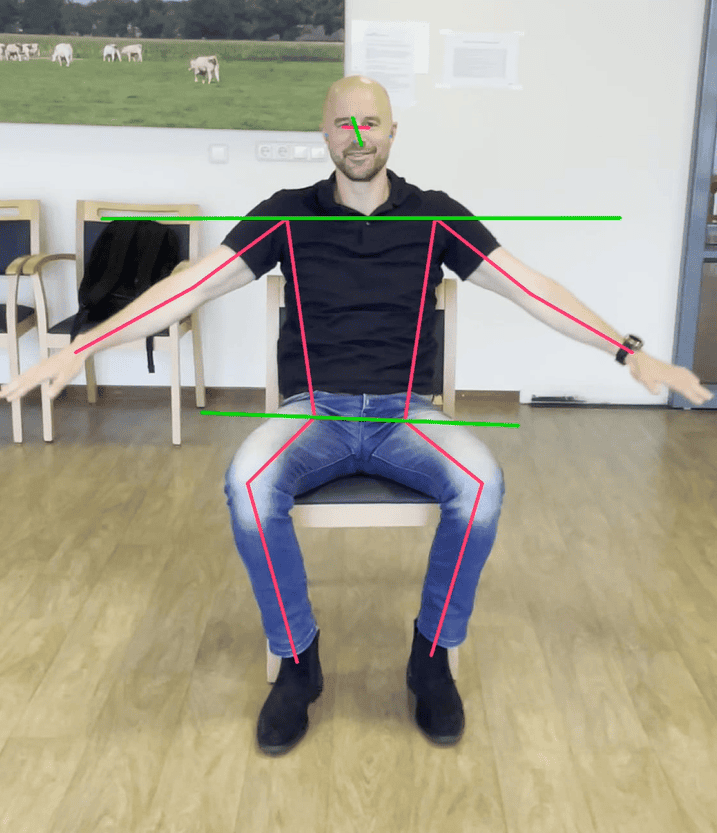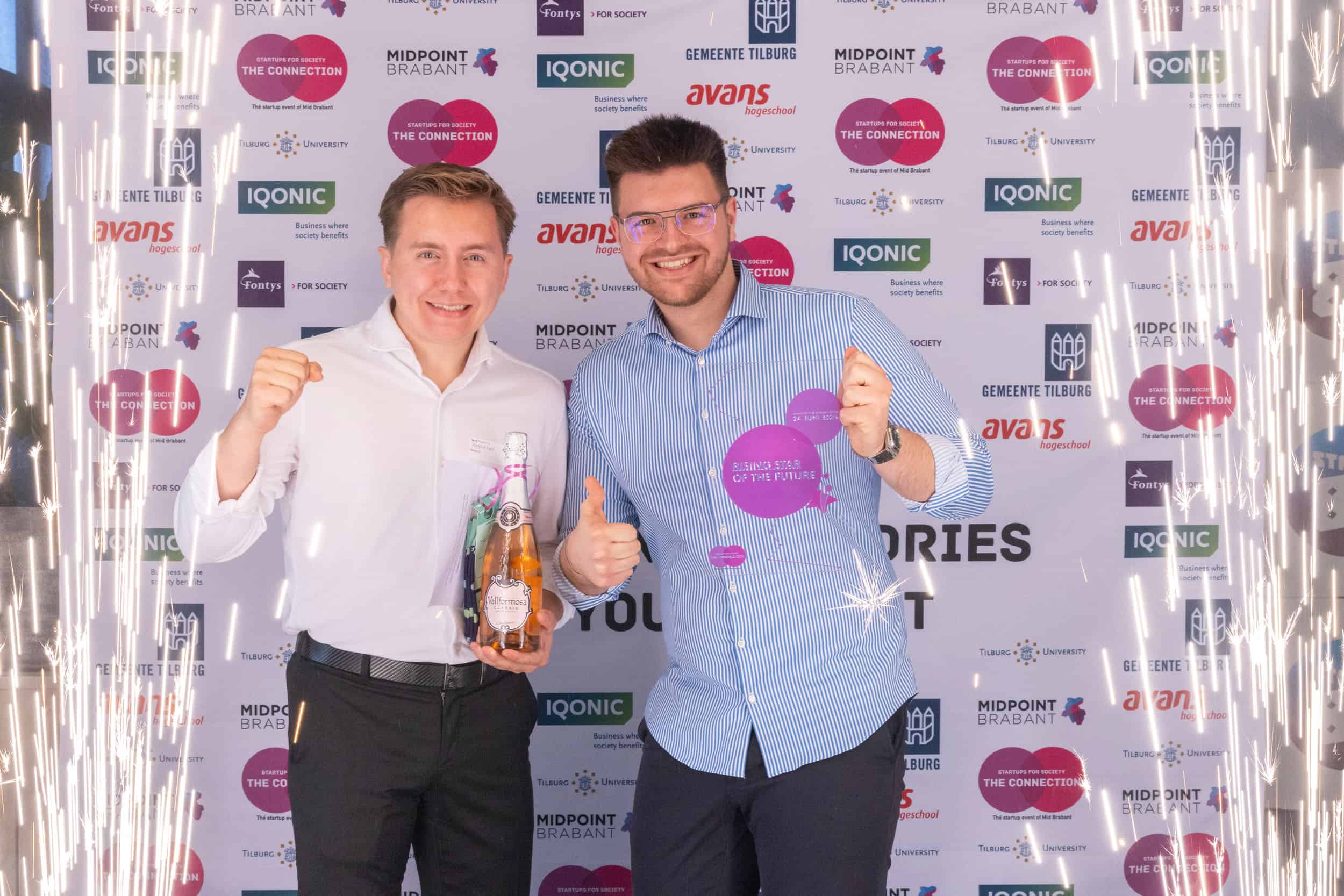
Many interesting start-ups have been featured here in the past year. Soon a jury will choose the Start-up of the Year. That’s why we will be reviewing a number of successful young start-ups here in the coming weeks. And of course we asked them to tell us how they are doing now.
[UPDATE] In December 2019 we built our first house. Here is the video.
It is getting easier and easier to have a nomadic life. Trailers and mobile homes alike have allowed people to move their living rooms around the world. Nevertheless, the start-up Brette Haus SIA has developed the ultimate nomadic house: an elegant wooden foldable house, designed to be easily transported, installed on site and connected up in just three hours. Plus, the houses already have all the necessary sanitary equipment and electrical engineering prefabricated, which makes it not only easy to move around but also comfortable to live in.
Brette Haus SIA is based in Latvia, although it was first born in the suburbs of Moscow. The start-up aims to provide people with the option to move across the world with their everyday homes.
Innovation Origins talked with Gennadii Bakunin, co-founder and CEO of Brette Haus.

What was the motivation behind the creation of Brette Haus SIA?
Well, we read the book “Nomadic Living: Relocatable Residences” by Sibylle Kramer and it made us understand that there is a strong demand for nomadic housing, however, there is no standard supply. Almost every solution on the mobile homes market is now some sort of unique piece of art. Architects and enthusiasts build tiny portable cabins for individual and specific purposes. So, we thought a bit about transformative designs. Our goal was to get away from container-like forms while still maintaining mobility.
What contribution does the company make?
We are guided by an innovative approach when it comes to our current and future steps. The foldable feature isn’t a new one, but our hinge system and ways of increasing space are. At the moment, we are using a special metal hinge axis mechanism which is patented and unique. The practical space-doubling feature is patented too. Also, we already have about ten patents as part of our plans and three more pending. This will all be branded as ‘property of Brette Haus SIA’. Our goal here is to make foldable homes as available and practical as regular housing.
We are the only product which can deliver up to 100 square meters of ready-to-use space using one regular 12-meter platform, no matter what the mode of transport is: truck, ship, plane etc.
Do you think that there are many start-ups out there tackling the same issue?
The e-commerce trend is making housing industry unpopular. So, we only know of several projects in our field. Nowadays, companies are trying to solve affordable housing problems, but not many of them think about B2B problems, such as prolonging seasonal tourism usage, for example, or logistics optimization. Brette Haus, with its wholly grounded approach can solve both B2B and B2C problems. For B2B, it can be used for events (such as exhibition spaces, cafes, stores), tourism accommodation (e.g. bungalows, hotels or for glamping); or seasonal workers accommodation ( for farms, construction businesses). Then for B2C, Brette Haus can also serve as secondary housing (e.g. home office spaces, greenhouses, guesthouses) or as temporary living spaces.
Do you see how the Brette Haus’ foldable house could also have additional uses?
We thought about B2G [Business-To-Goverment] applications as any other start-up might imagine. We see that our products could be really useful in emergencies. It’s not like a standard UN metal or plastic box. You really can smell the wood in it and feel at home, which is very important when it comes to accommodating survivors. Moreover, we shouldn’t disregard transportability. The system is ideally suited for placing our housing units on a regular platform of a truck, train, ship or even a plane.
What about the technology?
We have some rural living and camping experience and that’s the reason we want to bring a bit of forestry to our products. Yet we understand the architectural and sustainability needs as well. Back in 2013, we worked as a team on building an assembly line for prefabricated houses using similar technology like Cross Laminated Timber, which we are currently using. CLT has proven itself, and it’s still solid wood too without need for any extra insulation. The assembly line is based on LEGO principles – all the parts are made to measure separately and we combine them in the product which is then prepared for delivery. This approach allows us to make houses faster and cheaper. The biggest lead in time is 60 days at the moment – which is almost nothing when it comes to wooden housing.
[youtube https://www.youtube.com/watch?v=oEzp5zwk_uU]
What has been the biggest obstacle that you have had to overcome during the process?
Getting a bank account in Latvia is a tough one. The start-up industry here is very young and bank analytics are securing the system in every conceivable way. Actually, it was not surprising when we heard about fraudulent operations at the ABLV bank several years ago. Yet it is still not a very friendly climate for new companies like ours. Start-ups need fast and flexible decision-making procedures as far as banking is concerned.
Was there a moment when you thought of giving up?
Our philosophy is simple: if one of us is stuck somewhere, we just move to another task for a while or switch tasks. Sometimes this approach slows the project, but in the end, we keep moving forward. It’s like being a snow-removal truck driver – just don’t ever stop.
What has been your most gratifying moment/biggest accomplishment?
We were really surprised that our idea was accepted as an innovative business by several countries at the same time. We even had to choose where we could relocate. It was not a tough decision to make. Start-up Department of the Investment and Development Agency of Latvia (LIAA) explained to us the benefits of moving to Latvia with our project and provided us with all the necessary support.
What can we expect from your company in the coming years?
This year we will be dedicated to direct B2B sales. We have to sell as many houses as needed in order to bring our dream to life – that of building a SAAS platform for Brette and related products. Because what we see online now is a nightmare. Last year Amazon invested 6.7 million dollars in a prefab plant and this means e-commerce must circumvent the housing industry too. Customers will be able to pick out a house with just a few clicks using a convenient online platform.
We want to execute a rental business model in a couple of years and to initiate the formation of a used Brette cabin market. Aside from that, we have ideas on how to add our foldable feature to various industries such as RVs and tiny foldable cabins for kids. We’ll offer manufacturers our base idea so that they can make their own standardized solution and are able to market it.







